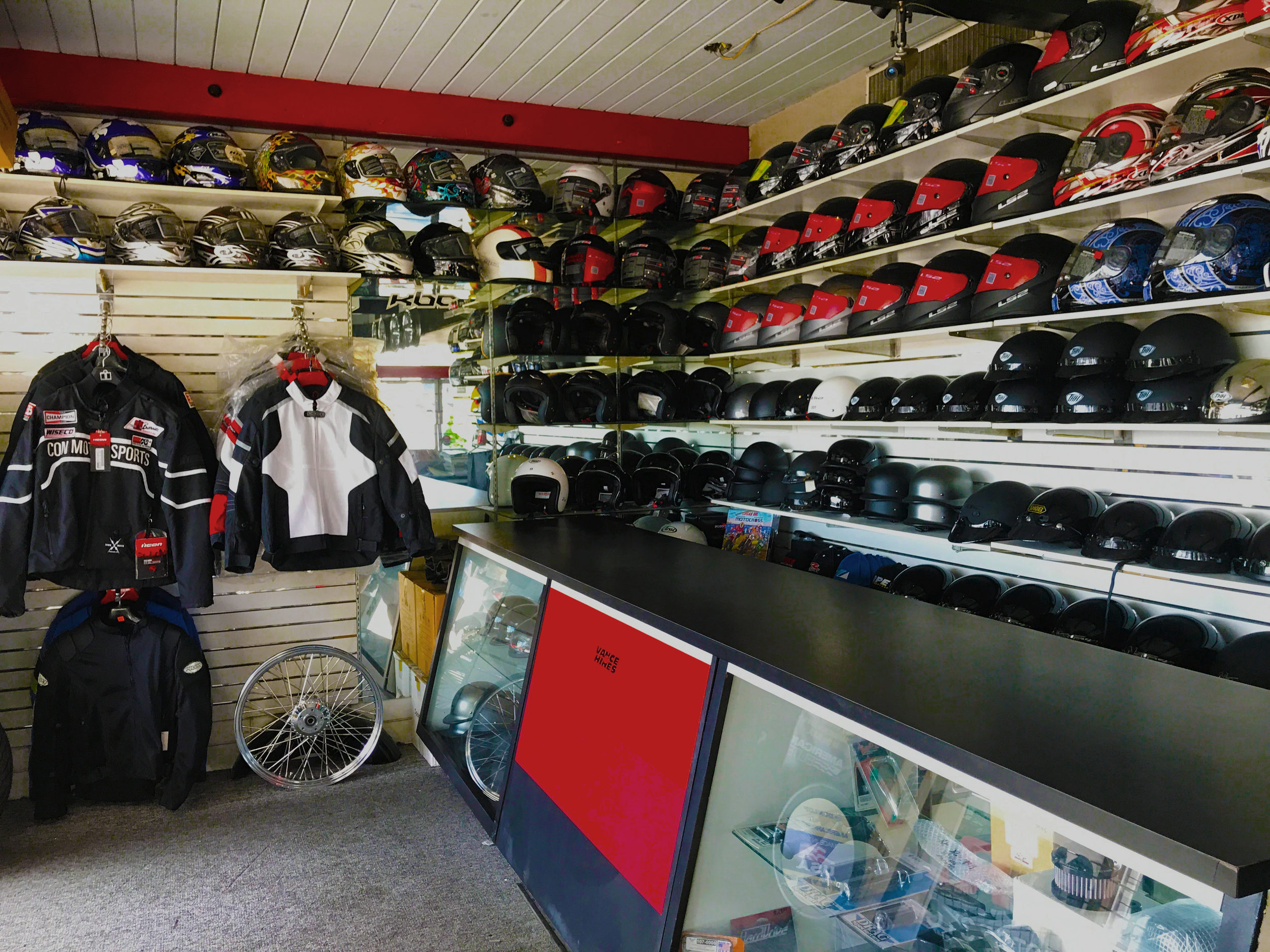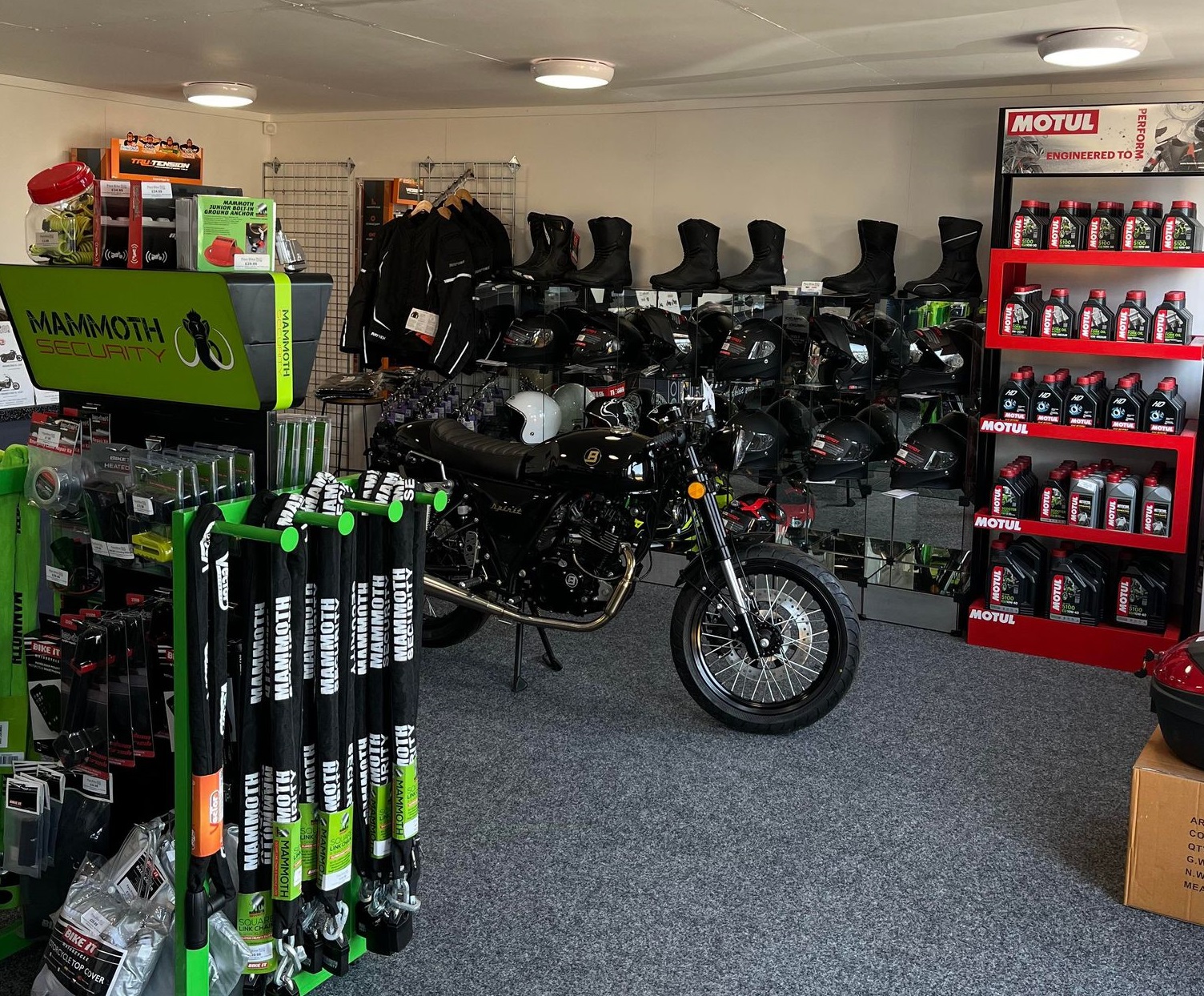Check Out Our Motorcycle Shop for Expert Suggestions and High Quality Products
Check Out Our Motorcycle Shop for Expert Suggestions and High Quality Products
Blog Article
Mastering Motorcycle Gears: How to Optimize Your Riding Experience
In the realm of motorcycling, mastering the art of gear control is critical for boosting your riding performance. Effectively using and recognizing motorcycle equipments can dramatically impact acceleration, gas, and control efficiency, changing an ordinary ride right into a smooth, thrilling trip. By incorporating precise change timing and adjusting equipment option to different road conditions, riders can guarantee ideal engine efficiency and safety. The subtleties of clutch control, throttle sychronisation, and gear technicians beckon a much deeper expedition, assuring to open the complete potential of your device. Just how can these techniques be used to genuinely optimize your riding experience?
Understanding Equipment Mechanics
How do the details of equipment auto mechanics affect bike performance? At the core of bike characteristics, equipment auto mechanics play a critical duty in converting engine power into activity, eventually determining rate and control. Gears, meticulously crafted components, allow bikers to maximize torque and rate, ensuring a seamless shift through different surfaces and velocities. The gear proportions, carefully made, identify the relationship in between engine changes and wheel turns, influencing velocity and fuel effectiveness.
Comprehending equipment auto mechanics begins with identifying the relevance of the transmission, which houses numerous equipments of varying sizes. These equipments communicate with a process recognized as meshing, where teeth of different equipments involve to send power.
In addition, the principle of equipment moving is indispensable to making the most of performance. Smooth and prompt changes guarantee that the engine runs within its optimal power band, protecting against unneeded stress and improving long life (motorcycle parts nz). By comprehending these mechanical intricacies, riders can achieve a harmonious mix of efficiency, power, and control, elevating their riding experience
Timing Your Changes
Shift timing mastery is necessary for enhancing motorcycle efficiency and enhancing the riding experience. Properly timed changes make sure that the engine operates within its optimal power band, which is essential for keeping control, accomplishing smooth velocity, and making sure the long life of the bike. Bikers must develop an instinctive feeling of when to move equipments, which involves recognizing the connection between engine transformations per minute (RPM) and rate.
To master change timing, pay very close attention to the engine's noise and feel, as these give important ideas about when to transform equipments. The optimal shift factor generally takes place when the engine comes close to the upper variety of its power band without getting to the redline. Changing as well early can lead to a lack of power, while changing too late may cause unnecessary engine pressure
Furthermore, road problems and riding design influence change timing. In metropolitan setups, smoother and a lot more frequent shifts might be needed to navigate web traffic effectively. In comparison, during freeway riding, less changes at greater rates can be better suited. Practicing in varied atmospheres will certainly enhance your capability to time shifts precisely, eventually boosting your riding experience to a specialist level.
Enhancing Fuel Performance
While mastering bike equipments is vital for efficiency, improving gas efficiency is just as important for both financial and ecological factors. Optimal gas usage not just minimizes operational costs however likewise minimizes the environmental footprint of riding. To accomplish this, one must recognize the complex partnership in between gear option and engine efficiency.
To start with, choosing the ideal equipment at suitable speeds can considerably impact fuel usage. Riding in a higher equipment at lower rates can lead to engine lugging, which is damaging to both fuel economic climate and engine health and wellness. On the other hand, riding in reduced equipments at high rates causes unneeded fuel usage. Thus, keeping an ideal balance by changing equipments abreast with roadway problems and prepared for maneuvers is essential.
In addition, routine maintenance plays an essential function in gas effectiveness. Ensuring that the motorcycle is well-tuned, with tidy air filters and properly pumped up tires, can decrease and improve the rules of aerodynamics fuel wastefulness. Furthermore, adopting a riding style that embraces gradual velocity and smooth deceleration can add to far better gas economy.

Techniques for Smooth Transitions
Accomplishing smooth gear transitions is basic to boosting the riding experience and making sure the long life of a motorcycle's transmission system. Appropriate gear changing not only adds to a smooth experience yet additionally reduces deterioration on the mechanical parts. To understand the art of smooth shifts, cyclists should concentrate on a couple of vital methods.

Secondly, clutch control plays a critical function. Engaging and disengaging the clutch efficiently calls for technique. The clutch bar need to be released slowly, enabling a smooth transfer of power from the engine to the wheels without causing a shock or abrupt activity.

Adapting to Road Conditions
Navigating varied road conditions is an essential skill for any type of motorcyclist intending to preserve control and safety. Whether you're riding on wet surface areas, crushed rock roadways, or browsing sharp turns, your capability to adapt your gear usage and riding strategy is critical. Understanding exactly how to readjust your equipments properly can considerably affect traction and stability, making sure a more secure trip.
On damp roadways, it is advisable to preserve higher gears to minimize torque and minimize wheel spin. This technique helps maintain grasp on slippery surfaces, enabling smoother acceleration and slowdown. In comparison, when riding on gravel or uneven surface, reduced gears are preferable. Lower gears supply better control and permit you to react even more swiftly to unexpected adjustments in the roadway surface.
Sharp contours require exact equipment monitoring to stabilize rate and control. Downshifting prior to entering a contour can help preserve momentum while ensuring the bike remains secure throughout the turn. Constant method in diverse conditions improves your capacity to predict and respond to changes in roadway texture and incline.
Final Thought
Understanding motorbike gears considerably boosts the riding experience by boosting gas, acceleration, and control efficiency. A thorough understanding of equipment mechanics and specific shift timing makes certain the engine runs within its optimum power band, while smooth changes through reliable clutch and throttle control rise convenience and efficiency. Adjusting gear option to numerous road problems, such as utilizing higher gears on wet surface areas and reduced equipments on gravel, further enhances find more info handling and security. Inevitably, these skills boost the overall journey.
Understanding gear mechanics begins with acknowledging the importance of the transmission, which houses numerous equipments of differing dimensions. These equipments communicate via a process understood as meshing, where teeth of various gears involve to transmit power (motocross gear). Gentle adjustments to the throttle during equipment changes can avoid jerky movements and maintain a regular riding speed
Whether you're riding on wet surfaces, crushed rock roads, or browsing sharp turns, your capacity to adapt your equipment usage and riding technique is paramount. Adjusting gear selection to numerous roadway problems, such as using higher equipments on damp surfaces and lower gears on crushed rock, more enhances handling and security.
Report this page